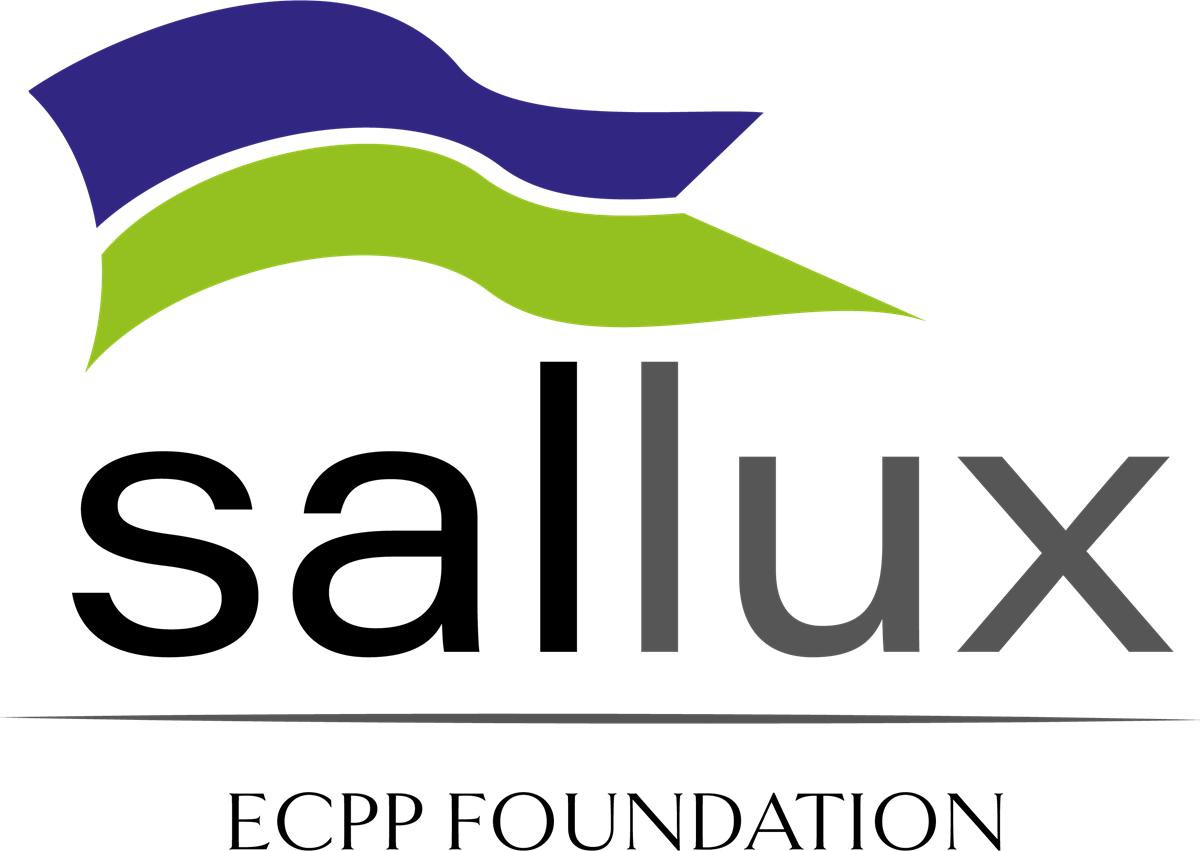Tuesday, July 13, 2021
This report contains information about global mining industry, its history, and its current and future challenges. The focus is especially on the drivers of the mining industry and what effects mining has on the environment. The mining activities vaguely started during the homo sapiens era. The first mining efforts involved digging for the best cutting stones and stone tools. As homo sapiens developed they started trading the mined materials i.e., Tribes that had access to obsidian or chert materials traded with other tribes that had access to clay for making bowls, pots, or other tools. Mineral’s trading could be considered as the base of civilization as they required effective communication skills. The first known mine for specific mineral was coal from southern Africa, appearing worked 40,000 to 20,000 years ago (Earth System, 2021). Mining began to evolve as a significant industry when the civilizations developed 10,000 to 7000 years ago. Copper were the most abundantly mined minerals at earlier times because they were found in a metallic state in nature. The application of applying fire to mined material became an innovative method to extract minerals. Metals could be melted and shaped into different forms. This resulted to the development of the process called ‘’smelting’’. The Egyptians and Sumerians smelted gold and silver from ore 6000 years ago. They traded them between people of different cultures that contributed to the rise in value of these minerals. Approximately 5500 years ago, tin was discovered in the history of mining. The experiment of mixing one mineral with another led to the discovery of new mineral i.e., tin mixed with copped made bronze (alloy metal). As Mediterranean civilizations developed, mining industries evolved as one of the most growing sectors in the world. People used shaft and galleries system supported by stone columns as timber became scarce. Athens grew wealthy by extracting silver mines. Soon after Sparta took control over Athens silver mines (Laurion mines). The Romans expanded in the pursuit of mines. The development of civilizations needed several aspects to finance its operation such as money, military equipment and infrastructure which pushed the function of the government. During the rise of Europe, the miners were permitted extensive rights to acquire land and mine. The governments were paid a portion of revenue from mining. The intensive mining activities led to the progress in civilization with an increase in amount of mined material to meet the daily life necessities and uplift the economy (Earth System, 2021). Mining industry has always been a growing business since prehistoric era. Coal and other metals extraction and manufacturing still remains the most significant industries in the world till date. US mine production has been increasing rapidly. According to U.S. Geological survey, US mines produced approximately $86.3 billion in minerals in 2019 – more than $2 billion higher than revised 2018 production totals (USGS, 2020). Our future depends on mined resources. The growth of electronic equipment’s needs copper, the construction of clean energy technologies (PV solar panels, turbines) requires aluminium and other alloys to manufacture. Today, mining industries are applying innovative\improved technologies. Rio Tinto’s iron ore mines in Western Australia launched Rio Tinto’s Mine of the future program in 2008 with an aim to find innovative ways of extracting minerals while reducing workers health risk and environmental impacts. The program achieved number of advancements and further helped the company to become the world’s largest owner and operator of autonomous haulage system (Rio Tinto,2020). Likewise, In Mongolia, mining sector has driven the country to be one of the world’s fastest growing economies. The 2018 EITI report states that the share of mining sector in total industrial production of Mongolia was 57,63% on average for the last 3 years (EITI,2021). The World Bank has also been supporting 41 mining sector reform (technical assistance) projects in 24 countries since 1988. The reform aimed to increase the investment in mining sector and associated economic indicators i.e., exports, GDP and fiscal revenues in the recipient countries (The World Bank, 2021). Please, find the full article and a list of references on the website of Kompassi Credits to: Bohdan Andrushchak, Lee Harwood, Suman Khadka and Sara Maukonen1. INTRODUCTION
2. HISTORY OF THE MINING INDUSTRY
